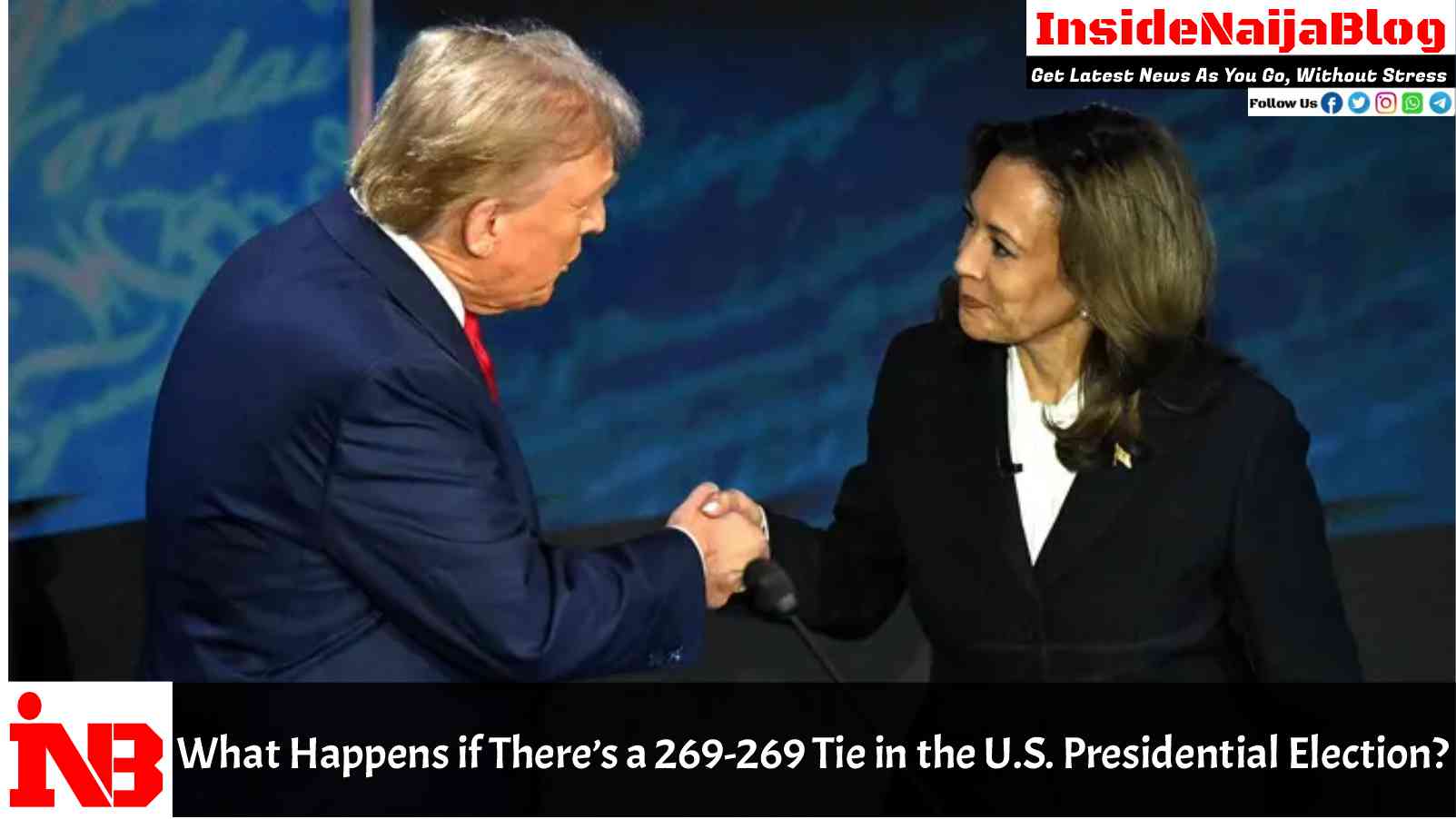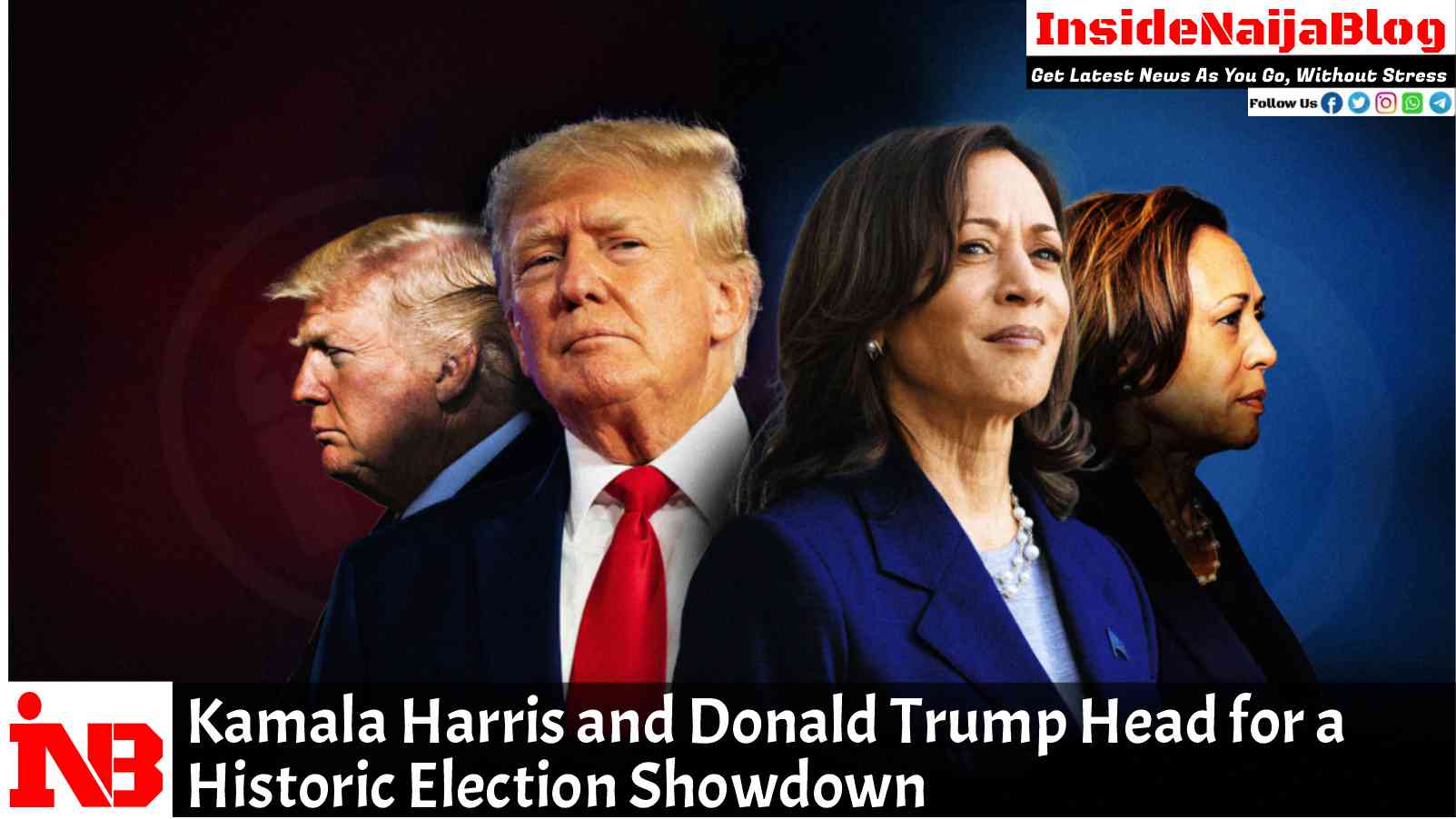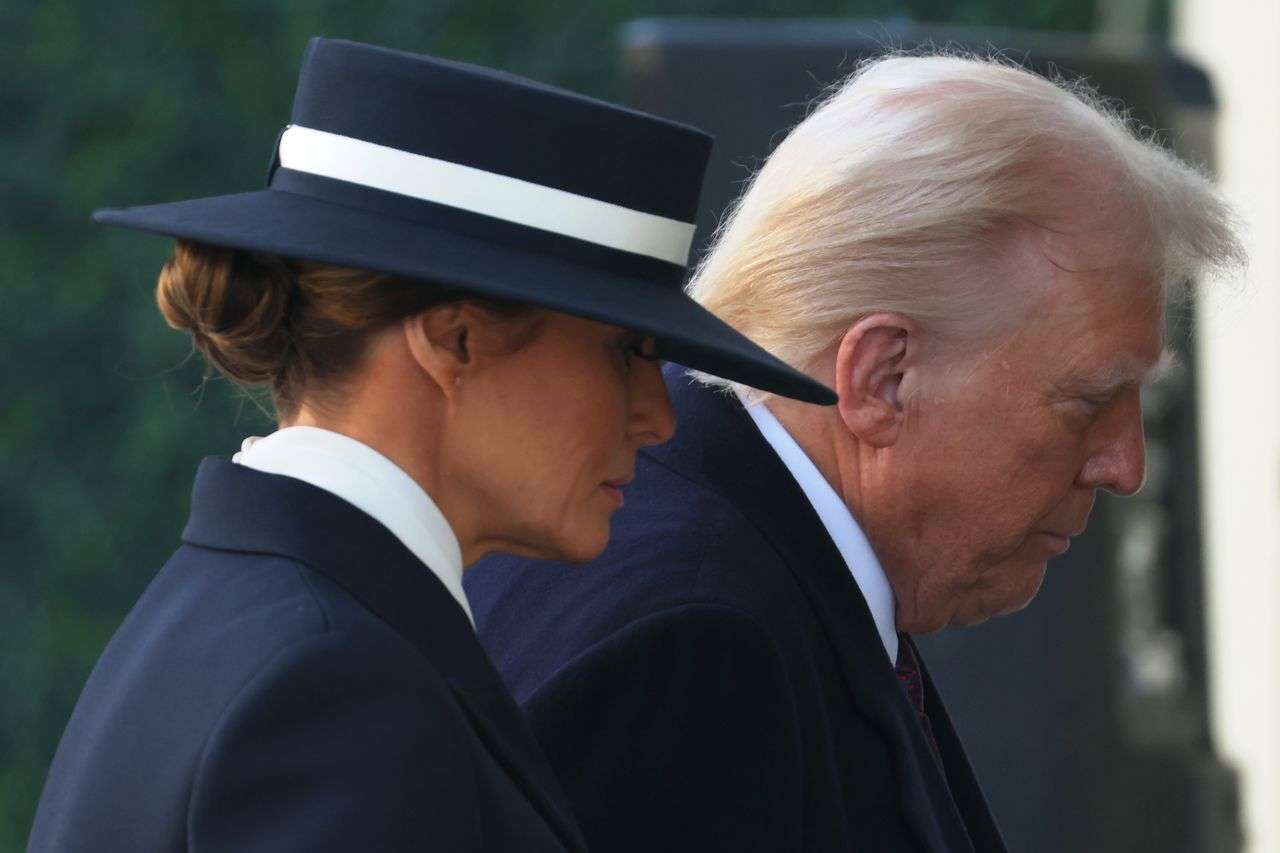If the November 5 U.S. presidential election between Vice President Kamala Harris and former President Donald Trump ends in a 269-269 Electoral College tie, an extraordinary constitutional process could unfold. Though rare, this scenario would not be unprecedented, as it last happened over 200 years ago in 1800, when the House of Representatives had to break the deadlock between Thomas Jefferson and John Adams. Such an outcome would mean Congress—not the popular vote or the Electoral College majority—would decide who becomes the next U.S. president and vice president.
How the Electoral College Works
The U.S. president is not directly elected by popular vote but through the Electoral College, which allocates 538 electors among the 50 states and the District of Columbia based on their congressional representation. To win, a candidate must secure at least 270 electoral votes. Most states follow a “winner-takes-all” system, where the candidate with the most votes in the state claims all its electoral votes. Only Maine and Nebraska use a proportional system.
A tie could result if both Harris and Trump win specific combinations of swing states, with Harris taking, for example, Wisconsin, Michigan, and Pennsylvania, and Trump winning Georgia, Arizona, Nevada, North Carolina, and a single district in Nebraska. This would create a 269-269 split, pushing the decision to Congress.
Contingent Election Process in Congress
Under the U.S. Constitution, a tie in the Electoral College sends the presidential election to the House of Representatives and the vice-presidential election to the Senate. This vote would take place on January 6, 2025, with the newly elected Congress overseeing the process. However, the voting process in the House would differ significantly from typical legislation:
One State, One Vote: In a contingent election, each state delegation in the House casts a single vote for president, regardless of its population size. Therefore, a smaller state like Wyoming with a population of around 500,000 would have equal influence to California, with its nearly 39 million residents. Washington D.C., while it has three electoral votes, does not have representation in a contingent election because it is not a state.
Senate Chooses the Vice President: While the House votes for the president, the Senate selects the vice president in a similar fashion. Each senator casts a single vote, making a straightforward majority vote among all 100 senators.
Majority Needed to Win: A candidate must secure the support of at least 26 state delegations to become president. Given the current political leanings, Republicans could hold an advantage if they retain a majority of state delegations in the House.
Potential for Constitutional Crisis and Partisan Deadlock
Should a contingent election be required, the House would likely face procedural battles over rules for the internal vote, with intense partisanship potentially leading to extended delays. This was the case in 1800, when it took 36 ballots for lawmakers to select Jefferson as president. To avoid a repeat of such deadlock, the 12th Amendment was adopted in 1804, providing guidelines for contingent elections. Still, a deadlocked, partisan vote could expose significant gaps in those rules, pushing Congress into a protracted and high-stakes debate over the presidency.
Possible Impact on Public Confidence
For a country already deeply divided, a contingent election might amplify anxieties about fairness and voter representation. With each state delegation casting a single vote, large, urban states with more diverse populations could be outweighed by smaller, rural states, potentially heightening regional and partisan tensions. The process could also fuel distrust in the electoral system itself, especially if procedural disagreements arise over the rules governing the contingent election.
Public Reaction and Political Implications
A contingent election, especially in such a close and contentious race, could stir significant unrest. Following Trump’s claims of voting irregularities in 2020 and his supporters’ challenge to those results, both candidates’ supporters might contest the fairness of the process, especially if the House’s final decision diverges from the national popular vote. This situation would test the resilience of U.S. democratic institutions and public trust in the electoral process.
In conclusion, while unlikely, a 269-269 tie would present a complex, constitutionally challenging path to the presidency. It would require Congress to exercise its authority under the U.S. Constitution while navigating the pressures of an anxious and polarized electorate.



